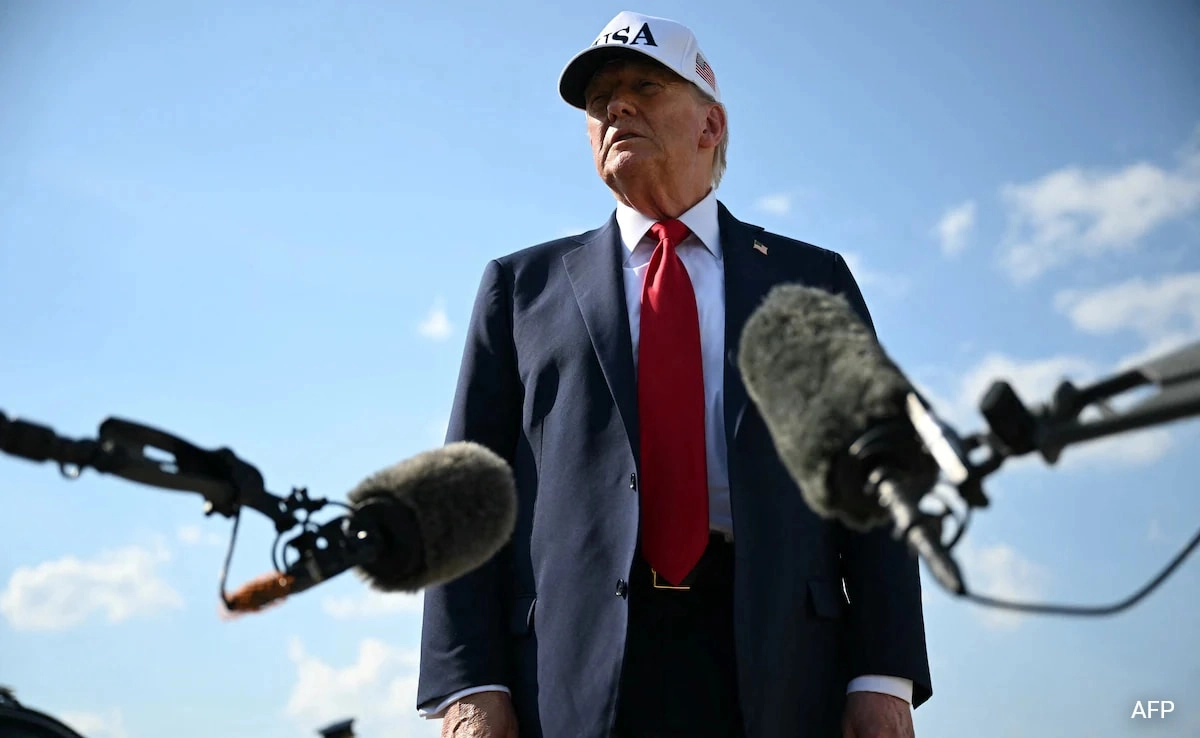Former President Donald Trump has announced a bold economic strategy aimed at countries that he perceives as aligning with the BRICS coalition, which includes Brazil, Russia, India, China, and South Africa. During a recent rally, Trump declared his intention to impose an additional 10% tariff on goods imported from nations that he believes are cooperating with this emerging economic bloc. This move appears to be part of his broader agenda to counteract what he views as an increasing threat from BRICS, which has been gaining traction in the global economic landscape.
Trump’s stance reflects a significant shift in his approach to international trade, emphasizing protectionism and a departure from traditional trade agreements that he believes undermine American interests. By targeting countries aligning with BRICS, Trump is not only seeking to protect American manufacturing jobs but also to assert U.S. dominance in global economic affairs. His rhetoric suggests a strong commitment to prioritizing American businesses over international coalitions that he perceives as detrimental to U.S. economic stability and growth.
Critics of Trump’s proposed tariffs argue that such measures could escalate trade tensions further, potentially leading to retaliatory tariffs from affected nations. This could disrupt established trade relationships and create a ripple effect in global markets, ultimately harming consumers and businesses alike. The potential for increased costs on imported goods may also lead to inflationary pressures, which could adversely affect the overall economy. Critics warn that while the intention behind these tariffs may be to bolster U.S. industry, the unintended consequences could be significant.
As Trump continues to shape his economic policies with an eye on the BRICS coalition, the implications of his proposed tariffs will be closely monitored by both domestic and international stakeholders. The response from countries within the BRICS group, as well as from traditional allies, will be crucial in determining the effectiveness and sustainability of this approach. With the global economy still recovering from the effects of the pandemic, the delicate balance of trade relationships will require careful navigation to avoid further economic instability. As the political landscape evolves, Trump’s proposed tariffs may become a pivotal issue in the upcoming electoral cycle, influencing debates on trade policy and economic strategy.




